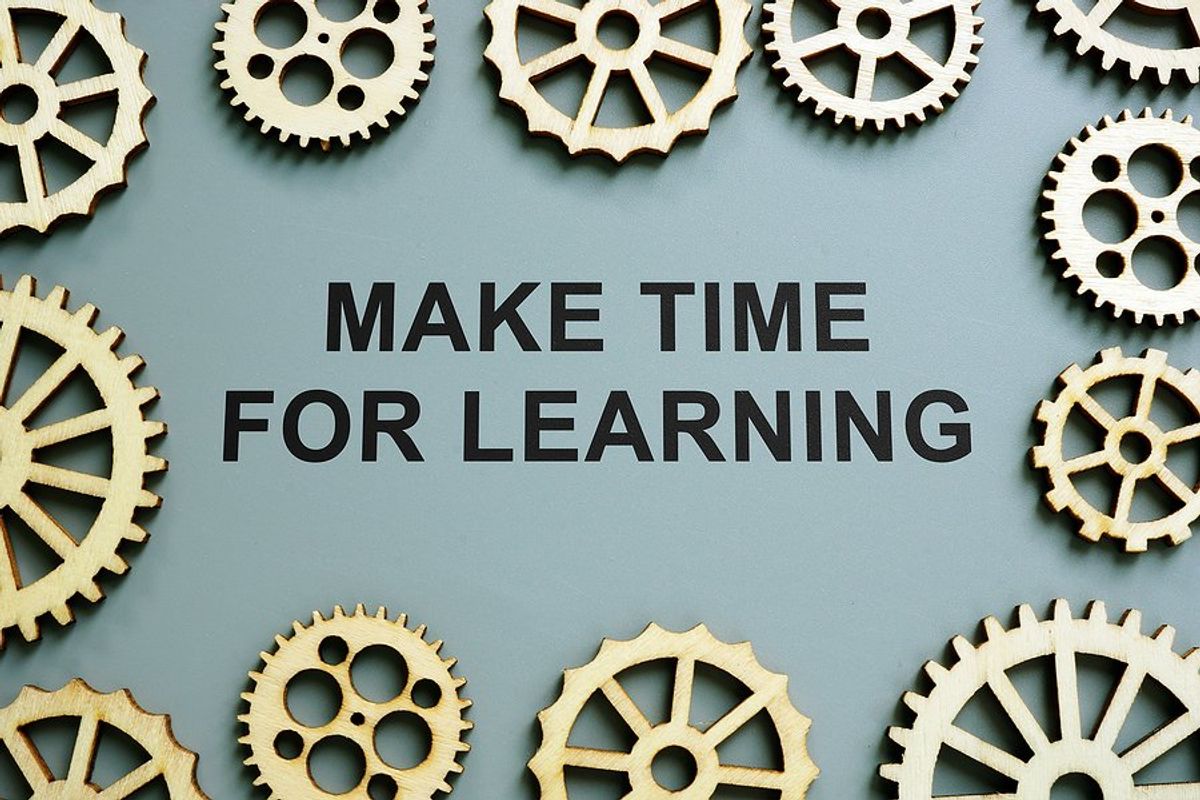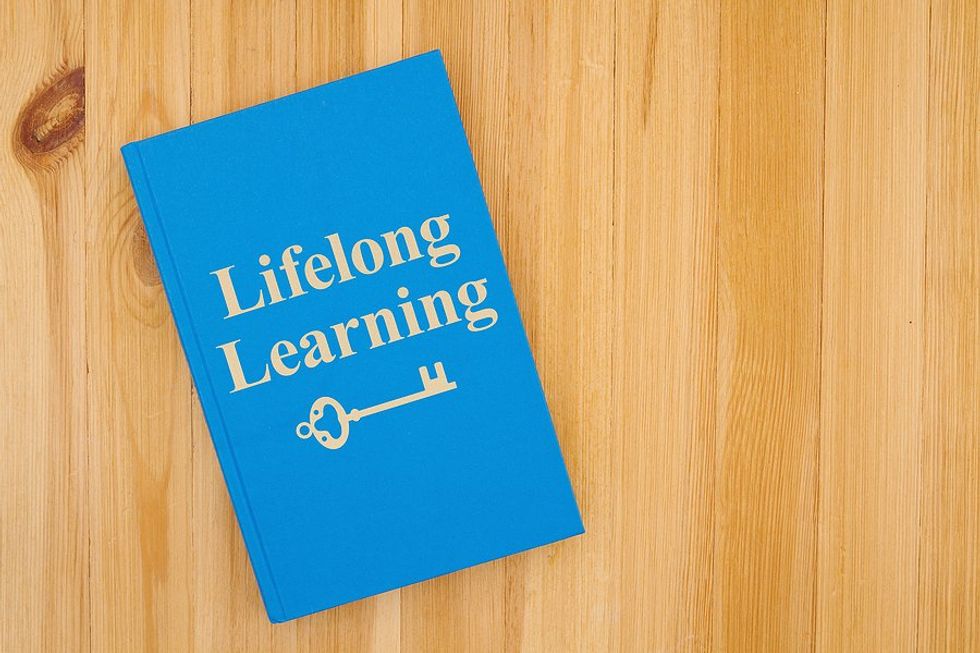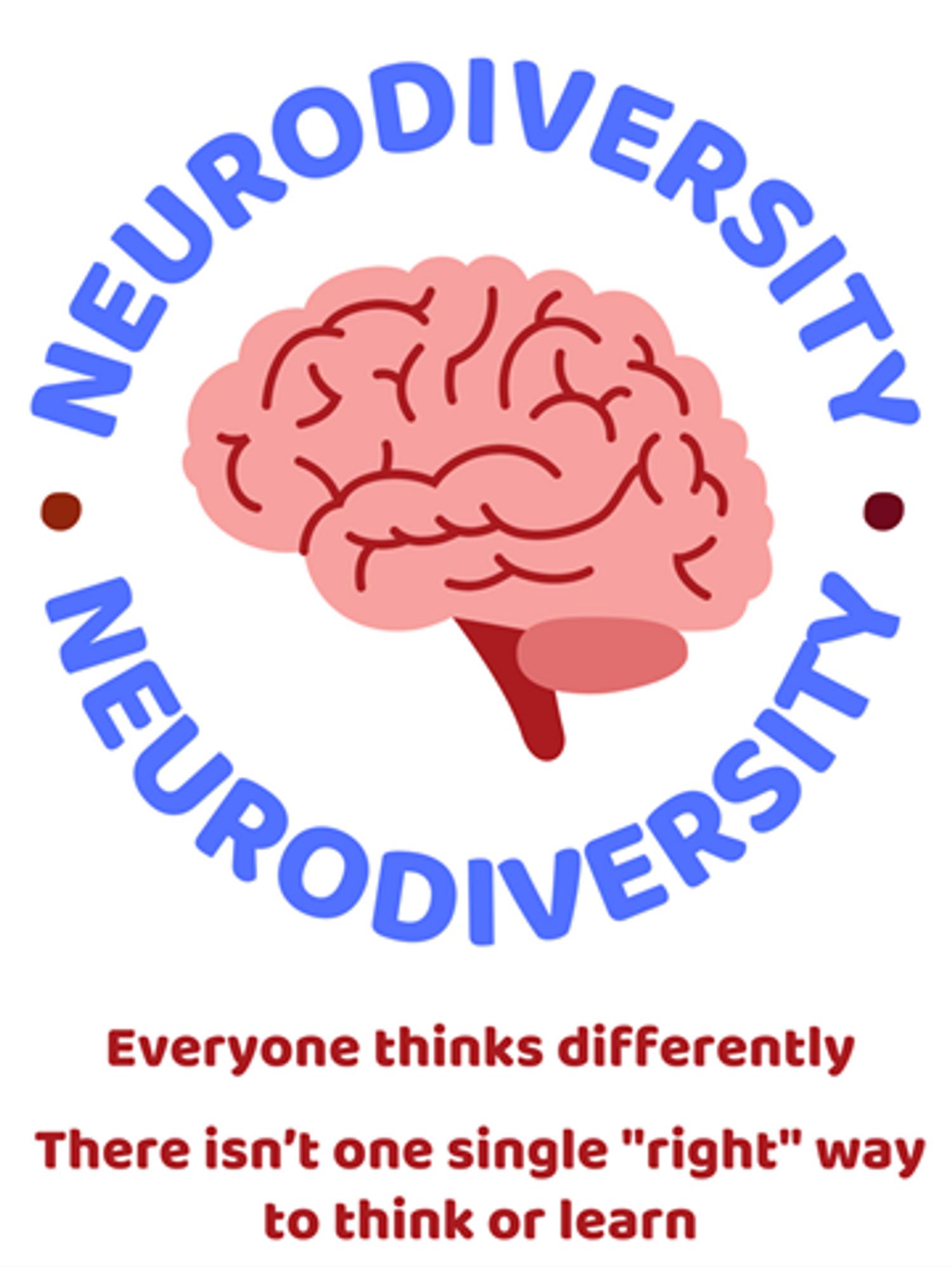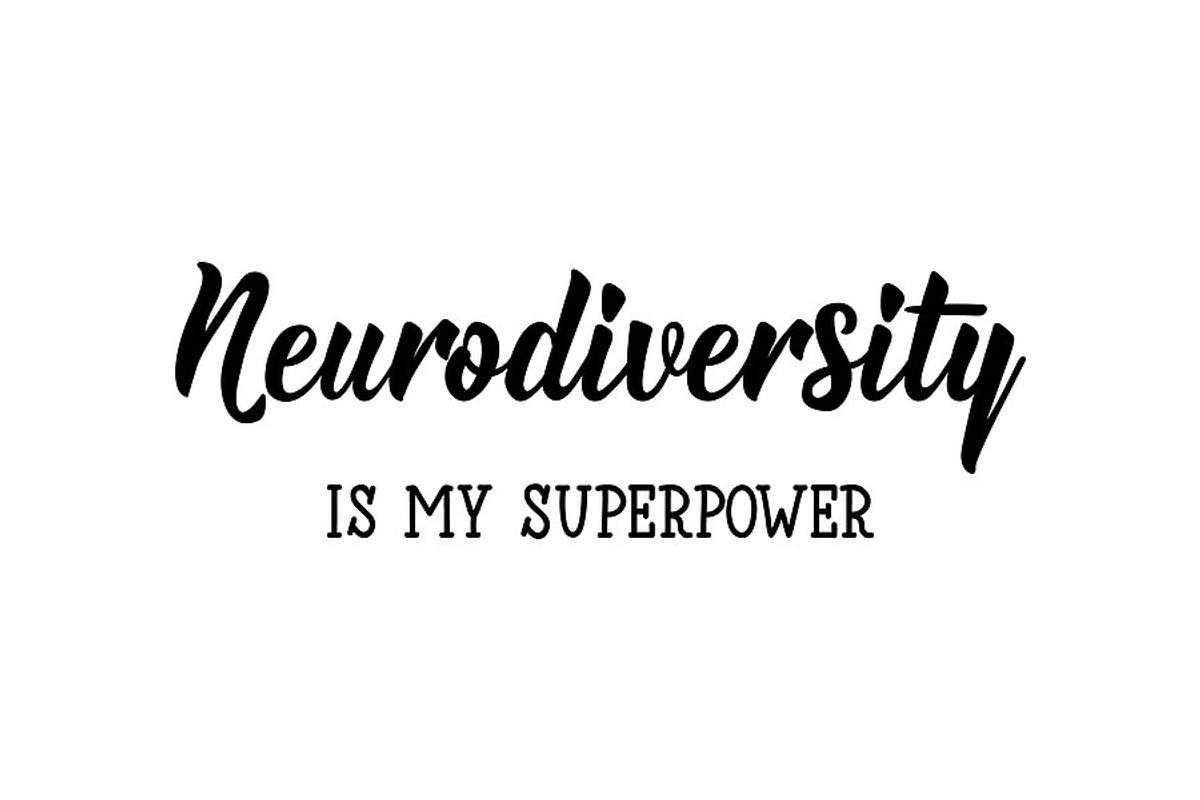
With increasing emphasis on productivity and performance in the workplace, it's easy for professionals to feel overwhelmed and stressed in their jobs. Happiness at work can be elusive, and we all know that the quality of our professional lives directly impacts our overall well-being. However, the good news is that there are practical and effective strategies that can significantly boost happiness at work.
We recently asked our leading executives for their best tips on how to boost happiness at work.
Here are their responses...
John Schembari, Senior Education Academic And Operations Executive
Boosting happiness at work depends on many factors, some of which will be in your control and some not. However, the following are some strategies I would use for boosting happiness at work.
Have regular sit-downs with your supervisor. Be clear on both success to date and clear next steps for your work. Base this on organizational strategic plans as well as on personal/professional development plans.
If your leadership has not provided this, consider how you and other team members might develop a professional learning community that studies and acts upon problems of practice. Grow both your own professional knowledge and the number of opportunities for collaboration with colleagues.
Also, join relevant outside networks related to your job/profession. How might you show leadership in your industry as well as in your office?
John Schembari is a current K-12 teacher/school leader academic improvement coach and former school building and district administrator. He loves to draw, travel, swing dance, and read nonfiction.
Ana Smith, Leadership Development & Learning Strategist

The neuroscience of happiness offers valuable insights that can be applied to create happier work environments. Here's a summary of how to boost happiness at work considering the neurological foundations:
1. Neurochemicals of Happiness:
There are four primary neurochemicals associated with happiness and well-being: dopamine, oxytocin, serotonin, and endorphins. Understanding and harnessing these chemicals can foster happiness:
- Dopamine: Often referred to as the "reward chemical." It's released when we achieve goals.
- Tip: Break tasks into smaller milestones and celebrate small achievements. This constant release of dopamine from frequent achievements can foster more sustained happiness.
- Oxytocin: Sometimes called the "love hormone" or "social bond hormone." It's associated with trust and bonding.
- Tip: Encourage teamwork, appreciation, and constructive feedback. Building trust and connections between team members releases oxytocin.
- Serotonin: This mood stabilizer is linked with well-being and feelings of significance.
- Tip: Recognize and appreciate employees' contributions. Mentorship programs can also elevate serotonin levels, making individuals feel valued.
- Endorphins: These act as natural painkillers and are released in response to stress or discomfort.
- Tip: Promote physical activity. Things like group exercises, stretching sessions, or even short walks can trigger endorphin release.
2. Positive Reinforcement:
Using positive reinforcement can stimulate the release of dopamine. Regularly acknowledge and reward efforts, which in turn will encourage similar behavior in the future.
3. Social Connectivity:
The human brain is wired for social interaction. Encourage socializing, teamwork, and group activities. Spaces for casual interaction or team-building exercises can foster connections, contributing to happiness.
4. Learning and Growth:
Novel experiences and learning stimulate the brain and can result in the release of dopamine. Providing opportunities for personal development, training, or workshops can elevate mood and job satisfaction.
5. Mindfulness and Meditation:
Engaging in mindfulness activities strengthens the prefrontal cortex and reduces activity in the amygdala, the brain's stress center. Consider offering meditation or mindfulness sessions.
6. Autonomy and Mastery:
Allowing employees some level of autonomy can stimulate their intrinsic motivation, leading to greater job satisfaction. Let employees have a say in how they accomplish tasks.
7. Physical Environment:
Lighting, especially natural light, can affect mood and productivity. Serotonin production is influenced by the amount of sunlight you receive. Ensure workspaces are well-lit, preferably with natural light.
8. Work-Life Balance:
Constant stress or overworking can produce excessive cortisol, a stress hormone that hinders happiness. Encourage a balanced work-life dynamic, ensuring employees have time to recuperate.
9. Feedback Loops:
Regular constructive feedback can stimulate areas of the brain associated with learning and growth, fostering a sense of progression and development.
10. Purpose and Meaning:
The brain seeks meaning in activities. If employees understand the bigger picture and the impact of their work, it can boost their sense of purpose and happiness.
By understanding the neuroscience behind happiness, employers can create environments that not only enhance productivity but also cultivate a sense of well-being and satisfaction among employees.
Ana Smith helps people & organizations achieve their full talent potential by developing and co-creating people strategies and customized solutions, and turning them into impactful outcomes and collaborative relationships, using coaching as the "red thread."
Kirsten Yurich, Executive Coach & Vistage Chair

The good news about happinessâletâs say the kind that comes from building strong relationshipsâis further correlated with 10 years of additional longevity, lower cortisol levels, and a stronger immune response.
Happiness at work is likely unattainable as a goal and, in my opinion, not the responsibility of the employer. It is better thought of as a result. Therefore, there are some very important things that ARE the responsibility of the employer. And when leaders focus on those influencers, it can result in happiness.
Steve Nobel authored a book called Joy at Work. It is a concept that focuses on finding happiness and fulfillment in your job. It involves having a positive mindset, a sense of purpose, and finding daily satisfaction in your work. The common elements to highlight here for joy stem from the employee, not the employer.
That said, what can the employer do to (what I call) âenable conditionsâ for the employee to find joy? I believe there are many things they can do, falling into only a few select categories.
The top three categories I like to focus on include: "providing expectations and feedback," "selection and assignment," and "motives and preferences."
1. Expectations and feedback â workplaces are more likely to produce workers who experience happiness ifâ¦
- They can connect day-to-day behavior to organizational results and purpose.
- Managers set clear expectations for success.
- Managers provide feedback based on agreed-upon criteria accomplishments.
- Overall there is an environment of 5:1 of positive to negative feedback.
2. Selection and assignment â happiness will correlate with employees whoâ¦
- Are hired into the right roles using clear and tight job descriptions.
- Promotions are carefully orchestrated so as to not undo careful selection procedures.
- Assign employees within a department to projects and tasks that match unique skills and talents.
3. Motives and preferences â the matching values and what motivates us. When workplaces canâ¦
- Communicate their values clearly and use them in hiring practices. Happiness results when you have people on your team who are generally motivated by the same things that align with your companyâs ethos.
- Discover what gets your people up out of bed each day. What drives them about life and work? Use this information to build individual development plans; find ways to build in their uniqueness as contributions to your overall culture.
Happiness is often elusive, contextual, or temporal. Instead of focusing on happiness as a goal, arrange these influencers to improve the chances that your employees will experience happiness or joy at work more often!
Kirsten Yurich is a former CEO and current Vistage Chair. As a clinician, professor, author, and executive, she leverages this unique blend and creates learning environments for executives to become better leaders, spouses, and parents.
Michael Willis, Sports Business Operations Executive

As I reflect on my incredible journey of two decades with the NFL, I can't help but feel an overwhelming sense of joy and gratitude. My happiness draws from my experiences and the unique culture of the NFL.
1. Embrace the Passion for the Game
At the NFL, we understand that passion is the heartbeat of our organization. Encourage employees to find their passion within their roles, igniting a sense of purpose and happiness that fuels every task.
2. Cultivate a Winning Team Spirit
A jubilant workplace thrives on teamwork. At the NFL, we've seen that nothing can match the joy of celebrating victories togetherâfostering camaraderie, collaboration, and a shared sense of purpose among your team members. When you win together, happiness follows.
3. Celebrate Milestones and Achievements
The NFL celebrates touchdowns, and so should your organization celebrate achievements. Whether it's hitting sales targets, completing a project, or reaching a company milestone, revel in your victories. Recognizing success brings happiness and motivation.
4. Inspire Leadership with Enthusiasm
Leadership is more than just managing tasks; it's about inspiring with enthusiasm. At the NFL, our coaches and leaders lead with passion and drive. Infuse your leadership style with infectious enthusiasm, and you'll boost your team to be equally excited about their work.
5. Create a Fun Work Environment
In the NFL, we know that fun is a vital ingredient in our recipe for success. Organize team-building events, theme days, or friendly competitions. A fun work environment boosts morale, creativity, and happiness.
6. Acknowledge the Importance of Health and Wellness
The NFL strongly emphasizes the health and well-being of its players and employees. Encourage physical fitness, mental well-being, and work-life balance. A healthy workforce is a happy and productive one.
7. Promote Continuous Learning and Development
At the NFL, we never stop learning and improving. Invest in training and development programs to help your employees grow personally and professionally. A culture of learning and growth contributes significantly to happiness and job satisfaction.
8. Engage in Acts of Giving Back
One of the most triumphant experiences is giving back to the community. Encourage your team to participate in charitable activities or volunteer work. Kindness and philanthropy create a sense of fulfillment that extends to the workplace.
Conclusion
In my 20 years with the NFL, I've learned that happiness at work is not just an aspiration; it's a way of life. By embracing passion, fostering teamwork, celebrating achievements, inspiring with enthusiasm, empowering employees, creating a fun work environment, prioritizing well-being, promoting learning, giving back, and expressing gratitude, you can create a jubilant workplace where employees thrive and success becomes an everyday celebration.
Michael Willis has 18+ years of experience working with accounting & sports organizations and has managed P&Ls of $10M - $125M+ with budgets of $3M-$50M+. He worked for the NFL for 22 1/2 years, mainly with the game officials working on the financial/accounting side of the business.
Lisa Perry, Global Marketing Executive

Research has shown the impact of employee happiness on the bottom line. Organizations with happy employees outperform the competition by 20%, show a 12% boost in productivity, and happy sales teams close 37% more sales.
Being happy at work correlates with developing emotional intelligence and heightened self-awareness.
Self-awareness is a transformative trait that holds immense power both personally and professionally. Research shows that 95% of us believe we are self-aware, yet the actual number is 10 or 15%. Most of us are oblivious to how others truly perceive us. As a result, we may unknowingly alienate our peers and inadvertently disengage those around us.
Consider this: What if your interpersonal weaknesses overshadowed your remarkable qualities and technical abilities, such as being a sales or coding dynamo? What if these weaknesses then caused others to lose motivation and become disengaged with you? Wouldnât you want to know? Herein lies the power of self-awareness: it allows you to reshape how you present yourself to the world by aligning your self-perception with the perception of others.
The benefits of self-awareness can propel your career forward, foster success, nurture healthier relationships, contribute to better mental health, and ignite innate curiosity, leading you to ask more questions and seek continuous improvement.
To enhance your self-awareness, follow these practices:
- Stay curious and ask questions. Embrace a curious mindset and actively seek knowledge.
- Listen to opposing views and opinions. Be open to diverse perspectives, as they can broaden your understanding.
- Donât take things personally. Cultivate resilience and avoid letting criticism affect your self-worth.
- Seek to understand and then be understood. Prioritize effective communication by truly comprehending othersâ viewpoints.
- Be a great listener. Practice active listening to hear what is said and discern what remains unsaid.
Focus on becoming the best version of yourself. Ask questions like, âWho is the person I aspire to be? What actions can I take right now to embody that ideal version of myself? How would the best âmeâ handle this situation?â
Next, letâs explore emotional intelligence. Emotions are contagious, making it imperative for leaders to pay attention to their emotional intelligence. This awareness begins with you, whether youâre a manager or the CEO. Your emotional cues serve as guideposts for those around you, shaping how they should feel and picking up your feelings through subtle signals conveyed by your tone, body language, and demeanor.
Consider this scenario: You step into a meeting where everything appears harmonious, and there is a thick tension that hangs in the air, causing an unsettling discomfort. Your body registers something is amiss, even though there are no signs of conflict. This is a great example of the impact that emotional intelligence has on our workplace experiences.
Emotional intelligence ranks as one of the most vital leadership skills. It empowers individuals to comprehend and regulate their emotions at work. The workplace can be stressful and pressure-filled, with the occasional drama thrown in. It can also be exciting, joyful, and a source of contentment. How we navigate these emotions reflects our emotional intelligence.
Teams composed of emotionally intelligent individuals tend to outperform their peers, boost higher job satisfaction levels, and improve employee retention rates. This is because emotional intelligence helps you:
- Interpret Nonverbal Cues: Discern subtle nonverbal signals that address potential issues before they escalate.
- Be Self-Aware of Personal Emotions: Self-awareness of your emotions empowers you to control your behavior, preventing potential disruptions to relationships.
- Improve Efficiencies: Emotional intelligence streamlines decision-making and task completion by fostering empathy and understanding of othersâ emotions.
- Advance Your Career: Emotional intelligence and leadership skills go hand in hand. Demonstrating qualities such as patience, active listening, positivity, and empathy can pave the way for career progression, promotions, and salary increases.
- Inspire Strong Interpersonal Skills: By radiating motivation, empathy, responsibility, and teamwork, you set a contagious emotional tone that encourages your team to follow suit.
To enhance your emotional intelligence, consider these steps:
- Prioritize Happiness: Reflect on what brings you joy and strive to incorporate it into your daily life.
- Embrace the Present: Recognize that you are precisely where you need to be at this moment. Live in the present and savor the small, meaningful moments.
- Adaptability: Cultivate adaptability in your approach to various emotional situations.
- Cultivate Meaningful Relationships: Foster genuine connections with those around you, emphasizing empathy and understanding.
- Acknowledge Your Feelings: Start by recognizing and acknowledging your own emotions.
- Identify Weaknesses: Self-assessment is key to identifying areas for improvement.
- Seek Feedback: Invite constructive feedback from colleagues and mentors to gain valuable insights.
You have the power to create and boost your own happiness at work by making intentional choices and having a positive mindset. If youâre eager to delve deeper into effective strategies, I invite you to explore my book "How to Develop a Brand Strategy" and brand marketing articles.
Lisa Perry helps companies drive revenue by using consumer trends, insights, and data analytics to innovate their approach to marketing.
How do you boost happiness at work? Join the conversation inside Work It Daily's Executive Program.















































